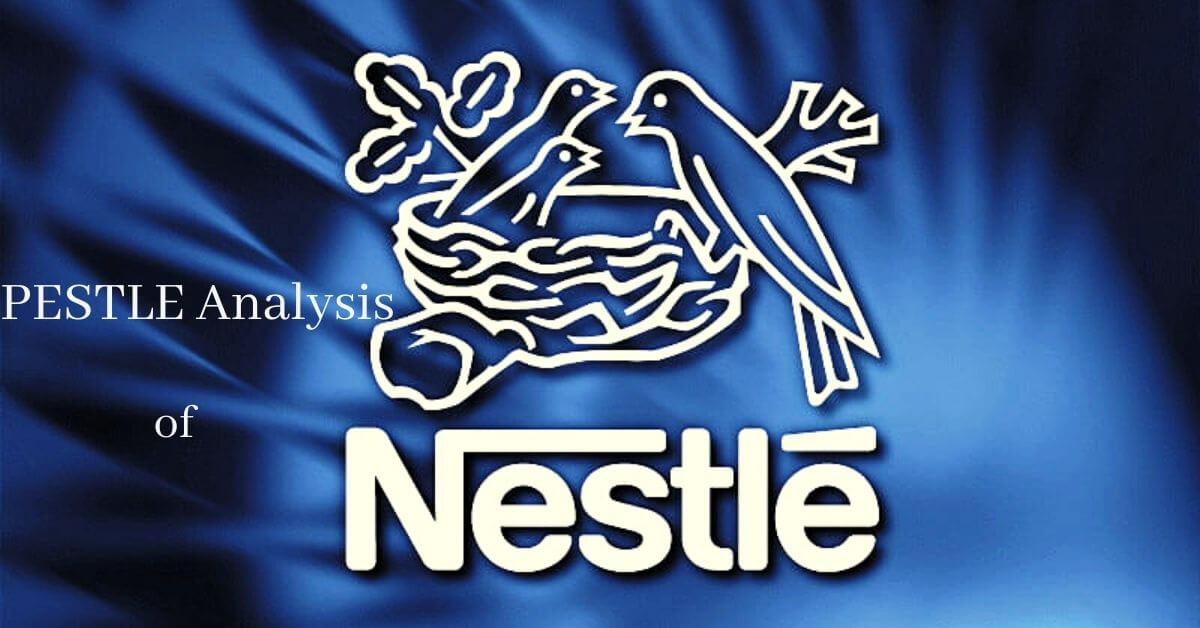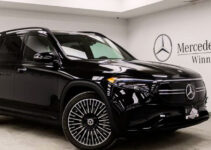Pestle analysis of Honda. Honda Motor Corporation is one of the world’s largest power product, motorcycle, and automotive manufacturing Japanese multinational company. Soichiro Honda and Takeo Fujisawa established Honda in Oct 1946. The automotive company’s headquarter is in Minato, Tokyo, Japan.
Honda falls under the category of the world’s largest automotive and motorcycle manufacturing brand worldwide. The brand is running its automotive business in over 150 countries, and the company has employed more than 215,638 employees to manage various operations across the globe.
Honda is the world’s largest producer of internal combustion engines and motorcycles, and the brand has sold more than 400 million motorcycles since 1959. According to an estimate, the annual production rate of combustion engine rate is over 14 million units.
Jet engines, luxury vehicles, jet aircraft, commercial vehicles, motorcycles, thin-film solar cells, robotics, scooters, automobiles, outboard motors, Internavi, electric generators, lawn & gardening equipment, water pumps, and rotary tillers are some of the main products and services of Honda.
Honda’s main competitors are Mercedes, BMW, Tata Motors, Toyota, Suzuki, Hyundai, Mitsubishi, Audi, Fiat, Nissan, Porsche, Volkswagen, and Ford.
Today, we’ll study the pestle analysis of Honda. It’s going to analyze the macro-environmental factors impacting the world’s leading automotive and motorcycle manufacturing brand. For internal factors, check out the swot analysis of Honda. Here’s the pestle analysis of Honda as follows;
Political factors impacting Honda
No Government Influence
Honda is a multinational automotive brand. The company is operating its business in the legal boundaries of different countries. Businesses and companies usually hire lobbyists to represent their brand and protect the company’s interests.
On the other hand, Honda doesn’t spend any resources on lobbying. The brand has a significant influence on governments because of its vast reach. However, the growth in developing economies like Africa and lower taxation in India would benefit the company.
Conflict with China
Honda is a Japanese company and China has the world’s largest consumer market. Both of these neighboring countries have a long conflicted history. The former Trump administration increased the trade tariff because of the conflict with the Chinese government. The political conflicts with different governments could lead to strict regulations and more taxation.
Electric Cars
The growing trend of clean energy and environmental sustainability is putting pressure on the government to introduce new laws in order to decrease pollution. That’s why many countries are promoting electric vehicles. Many automotive companies have been spending a lot of resources on the development of electric batteries and electric vehicles. However, Honda has already launched a few models of hybrid vehicles and the company is introducing a new electric vehicle model.
Economical Factors Affecting Honda
GDP
According to an estimate, Honda’s annual revenue was 122.122 billion US dollars in 2020, and it has declined by 13.73%. Out of which, the automotive company’s net profit was 3.965 billion US dollars, and it has declined by 8.17%.
Market Perception
Honda has the publicity of being a motorcycle brand in the Indian and Pakistani markets. The company has a perception of being a luxury automotive brand. The brand’s different products are common in both markets. However, the company should keep in mind the economic conditions of the market before offering its products. Most importantly, the company can’t offer cheaper products in the luxury markets, and vice versa.
Economic Recession
Honda is a global multinational brand and the company is operating in over 150 countries across the globe. However, the travel ban, lockdown, and shutdown of business have significantly decreased sales, revenue, and net income.
Honda’s leadership has taken practical steps to reduce the cost and irrelevant expenses; it has helped the company to minimize its losses.
Social Factors Affecting Honda
Customers’ Expectations
When automobile users buy a certain brand, then they expect various qualities from various brands. It could be in the form of fuel efficiency, convenience, or comfort. The label customers give to different brands is the years of experience of using different brands. They impact the growth and performance of the company.
Electric Vehicle Trend
Honda has been pushing motorcycles in the sub-continental market. But the interest of people is shifting towards electric vehicles. Honda has recently launched electric scooters and is going to introduce electric vehicles to address the needs and demands of customers. It would help Honda to attract the clean energy customers market. Such sustainable eco-friendly strategies are suitable both for society and users.
Indigenous Products
Some countries and regions don’t prefer imported products and services. Honda manufactures the products in those regions by using the indigenous material and workforce. For instance, the automotive brand uses the English language in the UK, the USA, Australia, New Zealand, and other English-speaking countries to minimize the language barriers.
Technological Factors Impacting Honda
Tech Upgrade
The tech industry is growing every day and Honda is investing a plethora of resources to keep up with the technology. For instance, the company has installed a GPS, updated v-tech engines, and technology. The tech up-gradation is making the company’s products efficient and decreasing the carbon emission rate.
Renewable Energy Technology
Honda has used the latest technology in the production of electric scooters. In fact, it was the combination of various technologies. The purpose was to provide a unique and better experience to the customers. It’s a remarkable switch from conventional energy towards clean energy. According to an estimate, the company uses 60% clean energy in the manufacturing of its products.
Legal Factors Affecting Honda
Legal Issues
As we know Honda is a global brand, and the company is facing various legal and environmental regulations in different countries. For instance, different governments are promoting the usage of hybrid and electric vehicles. But they haven’t drawn any clear regulations for electric vehicles yet.
Vehicle Recall
Honda should focus on the quality of its products; it would reduce the litigation cost. For instance, the company recalled 50,000 motorcycles from the market because of faulty brakes. Such issues are presenting a negative image of the company. Most importantly, the brand should offer products and adjust prices according to the legality of different countries.
Environmental Factors Impacting Honda
Sustainable Approach
Honda’s sustainable statement is as follows;
“Realizing the job and freedom of mobility and a sustainable society where people can enjoy life”
The automotive brand has taken various steps towards a sustainable environment over the years. The company plans to reduce half of its carbon emissions by the end of 2050. It would result in the form of more electric vehicles and electric motorcycles in the markets worldwide. The brand plans to push two-thirds of its products electric by the end of 2030. Such steps would decrease the overall carbon footprint.
Conclusion: Honda PESTLE Analysis Example Company
After an in-depth study of the pestle analysis of Honda, we’ve concluded that Honda is indeed the world’s leading automotive and motorcycle manufacturing brand. The environmental issues, legal costs, and customers’ perceptions are some of the main issues. Honda should address these issues before they could impact the company’s sales; while paying heed to the external political, economical, social, technological, legal, and environmental factors impacting the company.

Ahsan Ali Shaw is an accomplished Business Writer, Analyst, and Public Speaker. Other than that, he’s a fun loving person.


